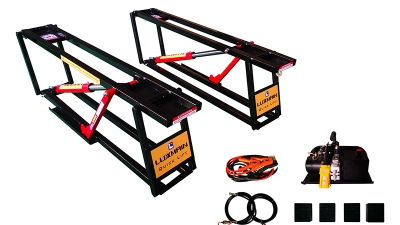The Ultimate Guide to Choosing the Right Portable Automotive Lifts for Your Workshop Needs
Table of Contents
- Key Factors to Consider When Selecting Portable Automotive Lifts
- Types of Portable Automotive Lifts: A Comprehensive Overview
- Understanding Weight Capacity and Vehicle Specifications
- Safety Features and Compliance Standards for Automotive Lifts
- Budgeting for Portable Automotive Lifts: Costs and Value Analysis
- Maintenance Tips to Extend the Lifespan of Your Automotive Lift
- Elevate Your Experience: The Benefits of the Portable Car Quick Lift DC Series for Effortless Vehicle Maintenance
- FAQS
- Conclusion
- Related Posts
Lately, it’s been pretty clear that demand for Portable Automotive Lifts in workshops has skyrocketed. People are really looking for solutions that are both efficient and versatile when it comes to vehicle maintenance. I came across a recent report from Smithers Pira, and it predicts that the global market for automotive lifts could hit around $1.57 billion by 2025. That just shows how important portable lifts have become, whether you're running a busy shop or working on your own car at home.
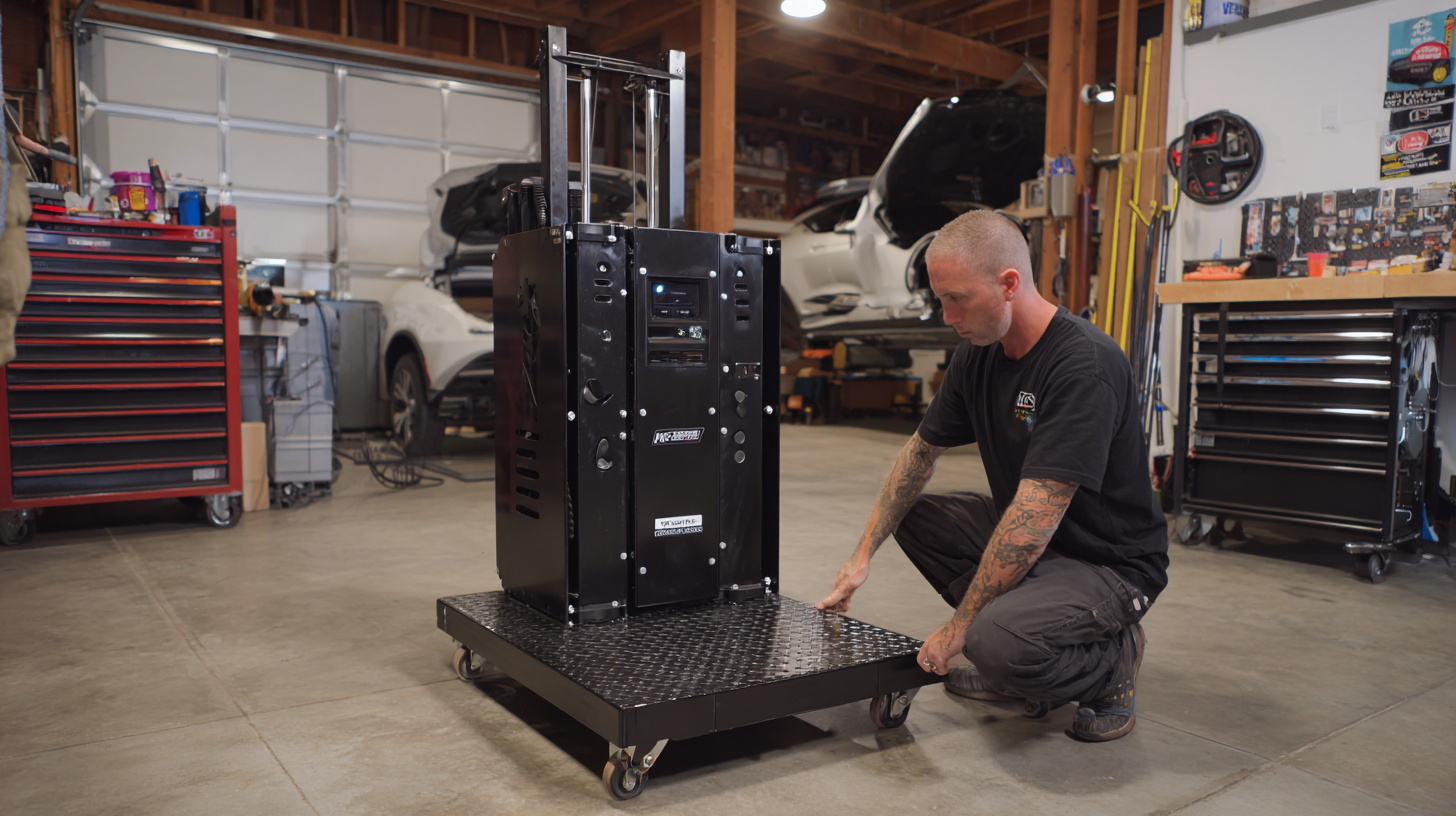
Yantai Tonghe, a company well-known for their innovative hydraulic control systems, cylinders, and car lifts, is totally tuned into this trend. They offer some pretty neat portable solutions designed to fit all kinds of workshop setups. This guide is here to help you get a good grasp of what to look for in a Portable Automotive Lift—so your workshop can stay competitive and keep up with all the rapid changes in the industry.
Key Factors to Consider When Selecting Portable Automotive Lifts
So, if you're on the hunt for portable automotive lifts for your workshop, there are a few important things you’ll want to keep in mind to make sure you get the right one. First off, load capacity is a biggie. Did you know that, according to IBISWorld, the average vehicle has gotten about 24% heavier over the past 30 years? That means you’ll want a lift that can handle heavier cars—something that can support over 6,000 pounds is a safe bet so you’re covered for all kinds of vehicles.
Next, think about the height range of the lift. A report from the Automotive Lift Institute points out that most mechanics—about 72%—prefer lifts that can raise vehicles to at least 48 inches high. This makes working on cars way easier and much more comfortable, without that constant bend-over or awkward positioning.
Oh, and don’t forget about portability—you’ll want to consider features like caster wheels and how heavy the lift is. Being able to move it easily around your workshop can really boost your workflow. By keeping these points in mind, you'll be able to pick a portable lift that actually fits what your workshop needs—and makes your life a lot easier.
Types of Portable Automotive Lifts: A Comprehensive Overview
When you're trying to pick the right portable auto lifts for your shop, it helps to understand the different types out there. Basically, you’ve got two main options: scissor lifts and two-post lifts. From what industry reports show, scissor lifts are pretty popular because they’re super stable and can handle heavier loads. They’re great for all sorts of repairs and maintenance work. Usually, they can lift anywhere between 6,000 to 12,000 pounds, which makes them perfect for medium to heavy-duty vehicles.
On the flip side, two-post lifts are loved for being versatile and fitting into tighter spaces. They typically lift around 9,000 to 12,000 pounds, giving you pretty quick access to the underside of a vehicle. With the automotive service market expected to grow at about 4.5% annually from 2021 to 2028, more workshops are looking for efficient solutions like portable lifts. Yantai Tonghe Precision Industry Co., Ltd. is right there at the forefront, focusing on innovative hydraulic systems and sturdy lifts that match the changing needs of modern auto shops.
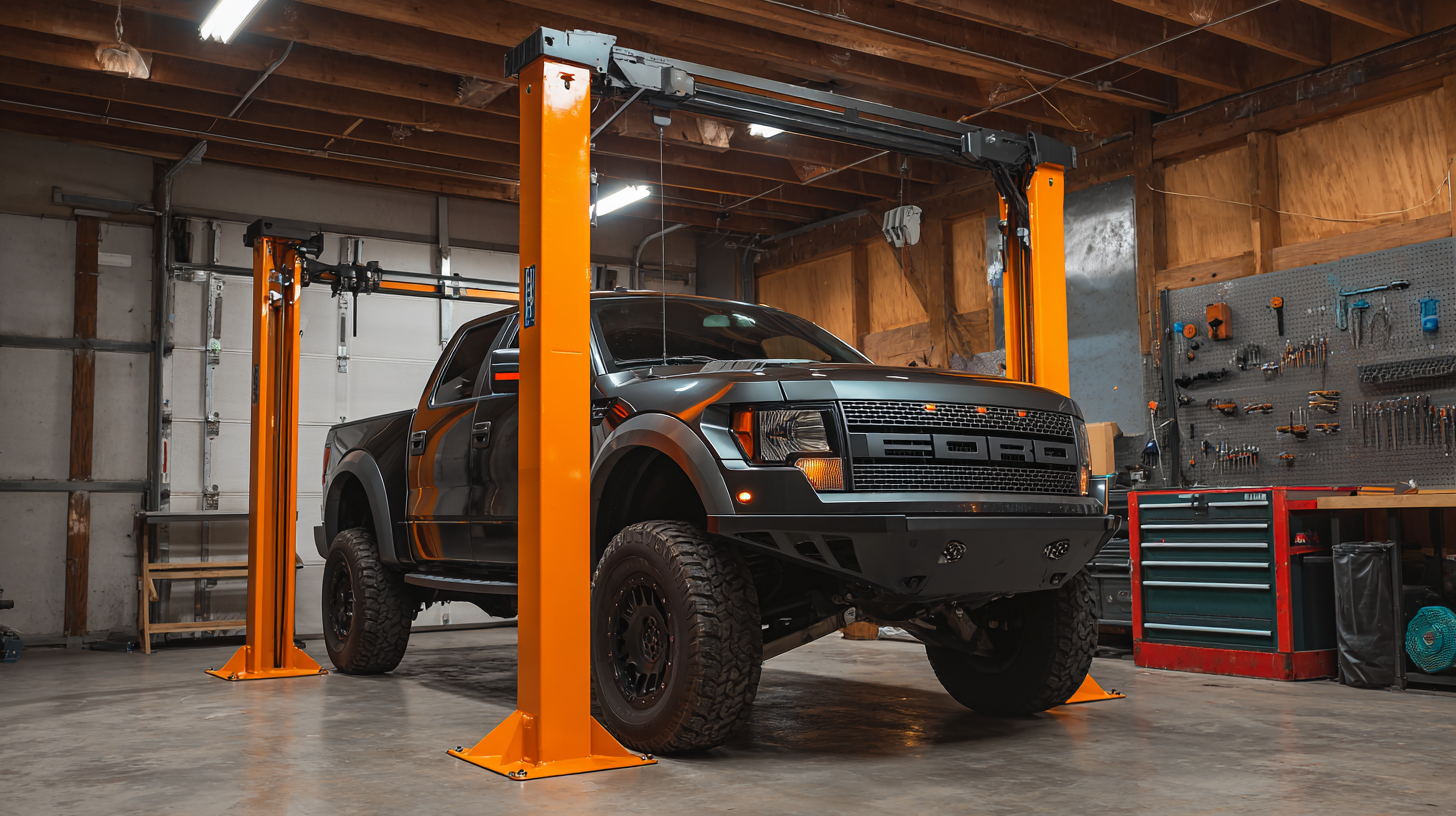
Understanding Weight Capacity and Vehicle Specifications
When you're choosing a portable automotive lift for your workshop, it’s really important to understand its weight capacity and how it matches up with the vehicles you work on. Basically, weight capacity is just a fancy way of saying the maximum weight the lift can handle safely. You want to make sure it lines up with the types of cars or trucks you’ll be lifting. For example, if you regularly work on heavier trucks or sporty cars, going for a lift with a higher weight limit is a smart move — it keeps everything stable while you're working, and helps prevent accidents or damages. Always double-check what the manufacturer recommends, and try to think ahead about the worst-case scenario — because you don’t want to find yourself stuck with a lift that can’t handle your heaviest vehicles.
Then there are vehicle specs like wheelbase, ground clearance, and overall size, which are just as important. A lift designed for low-clearance sports cars might not cut it if you’re trying to lift a big SUV or a truck. Plus, the design of the lift should give you easy access underneath the vehicle — no awkward angles or limitations. It’s a good idea to measure the typical vehicles in your shop and compare those measurements with the lift’s specs, just to be safe. If you pay attention to both the weight capacity and whether the lift suits your vehicle types, you’ll be able to keep things safe and running smoothly in your workshop — no surprises!
The Ultimate Guide to Portable Automotive Lifts
This chart illustrates various types of portable automotive lifts based on their weight capacity. Understanding the specifications of each lift type is crucial for ensuring that it meets your workshop needs.
Safety Features and Compliance Standards for Automotive Lifts
When you're picking out portable auto lifts for your workshop, it’s super important to really get a handle on the safety features and the standards they need to meet. Honestly, start by checking if the lift has those built-in safety locks that kick in if, say, the lift drops unexpectedly — that’s a total lifesaver. Also, look for models with overload protection; these help prevent accidents if someone accidentally tries to lift more than the weight limit. Not only do these features keep your workspace safer, but they also help the lift last longer because they reduce wear and tear.
And don’t forget about the standards! It’s worth taking a bit of time to familiarize yourself with what organizations like ANSI or EMA recommend. When you pick a lift that ticks those boxes, you know it’s been tested and approved — which is a huge peace of mind. It means your equipment is more reliable, and you can focus on getting your work done without stressing about mishaps or failures. Bottom line: prioritizing safety features and industry standards is key to creating a safe, worry-free workshop environment.
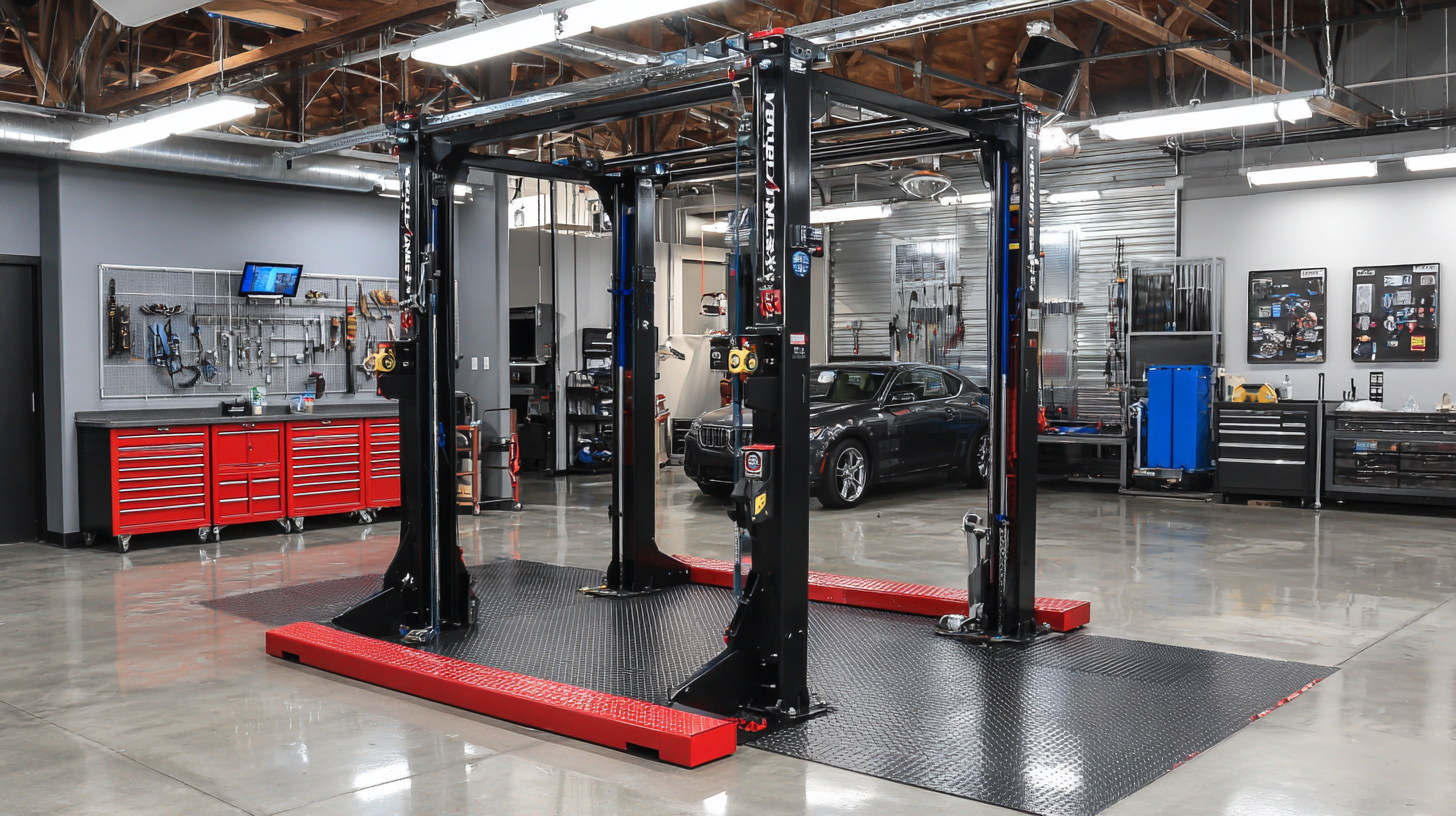
Budgeting for Portable Automotive Lifts: Costs and Value Analysis
When you're figuring out your budget for portable automotive lifts, it's super important to think about not just the price tag but also the value they bring to your shop. Honestly, a 2022 report from the Automotive Lift Institute mentioned that investing in a decent quality portable lift can boost your workshop's efficiency by up to 30%. That’s no small chunk of change—especially for smaller shops or mobile mechanics who are working with limited space. Prices for these lifts can really vary, ranging from around $1,500 to over $5,000, depending on what features you need and the lift's capacity. So, it’s worth taking the time to really figure out what your specific needs are before pulling out your wallet.
And here’s a tip: think about the types of vehicles you mostly work on. If you're mostly dealing with heavy-duty trucks, you'll want a different kind of lift than if you're working on small cars. The costs and design will be totally different. Also, don't forget to consider ongoing maintenance costs—going for a cheaper lift upfront might actually end up costing you more in repairs down the line.
Oh, and accessories matter, too—things like adapters and hydraulic fluids can add another $100 to $500 to your setup. The National Institute for Automotive Service Excellence points out that skipping over these extra expenses when you're budgeting can lead to surprises later on. Plus, don’t forget to look for warranties and service plans—they can really add to the overall value and peace of mind when you’re making such an investment.
The Ultimate Guide to Choosing the Right Portable Automotive Lifts for Your Workshop Needs - Budgeting for Portable Automotive Lifts: Costs and Value Analysis
| Lift Type | Max Weight Capacity | Lift Height | Price Range | Value for Money Rating |
|---|---|---|---|---|
| Scissor Lift | 6,000 lbs | 48 inches | $1,500 - $3,000 | 8/10 |
| Portable Two-Post Lift | 10,000 lbs | 72 inches | $2,000 - $4,500 | 9/10 |
| Single-Post Lift | 3,000 lbs | 30 inches | $750 - $1,500 | 7/10 |
| Wheel Dollies | 1,500 lbs | N/A | $200 - $500 | 6/10 |
| Mid-Rise Lift | 6,000 lbs | 36 inches | $1,500 - $2,500 | 8/10 |
Maintenance Tips to Extend the Lifespan of Your Automotive Lift
Taking good care of your automotive lift is super important if you want it to last and work reliably. Regular check-ups are a must—look out for any signs of wear and tear like frayed cables or rust, because catching problems early can save you from unexpected breakdowns. It’s also a good idea to wipe down the lift after each use, getting rid of dirt or oil that could cause damage over time. Don't forget to lubricate the moving parts as the manufacturer recommends—this really helps keep everything running smoothly and can extend the lifespan of your equipment.
Another thing to keep in mind is sticking to the weight limits and following the right usage tips. Overloading the lift isn’t just dangerous, it can actually damage the structure and cause accidents. Keeping a simple maintenance log is pretty handy—tracking when you’ve serviced it or repaired things helps ensure it stays in tip-top shape. And honestly, bringing in a professional for an annual service check-up can spot issues you might miss and give you some peace of mind, so you don’t have to worry about your equipment letting you down when you need it most.
Elevate Your Experience: The Benefits of the Portable Car Quick Lift DC Series for Effortless Vehicle Maintenance
When it comes to vehicle maintenance, having the right tools can make all the difference. The LUXMAIN DC series Quick Lift is designed to elevate your maintenance experience by combining convenience and efficiency. This innovative car lift is a small, lightweight solution that is perfect for both professionals and DIY enthusiasts alike. Its unique split design features two lifting frames and a power unit, allowing for easy storage and transportation.
The portability of the LUXMAIN DC series Quick Lift is one of its standout features. Each lifting frame can be effortlessly carried by a single person, making it an ideal choice for those who might not have a lot of space or who need to transport their equipment to various locations. With integrated tow wheels and universal wheels, you can fine-tune the lifting position without any hassle, ensuring that you can achieve the perfect lift every time. This remarkable combination of portability and functionality not only simplifies the maintenance process but also enhances safety, giving you peace of mind as you work on your vehicle.
Embrace the future of vehicle maintenance with the LUXMAIN DC series Quick Lift. Its thoughtful design and user-friendly features mean you'll spend less time wrestling with cumbersome equipment and more time enjoying the satisfaction of a job well done. Whether you’re changing oil or performing more complex repairs, this portable solution will elevate your maintenance experience to new heights.
FAQS
: Load capacity is crucial as the average weight of vehicles has increased by 24% over the past three decades. It is essential to choose lifts that can accommodate at least 6,000 pounds to ensure versatility across various vehicle types.
According to a study by the Automotive Lift Institute, 72% of mechanics prefer lifts that can raise vehicles to a height of at least 48 inches for better accessibility and ease of use.
Portability features, such as caster wheels and the overall weight of the lift, facilitate easy relocation within your workshop, improving operational efficiency and convenience.
Vehicle specifications like wheelbase, ground clearance, and overall dimensions are vital to ensure the lift accommodates the types of vehicles you'll be working on, preventing issues with accessibility and safety.
Regular inspections for wear and tear, cleaning after each use, lubricating moving parts, and adhering to weight limits are essential practices for maintenance to enhance the lift's longevity and reliability.
It is advisable to invest in professional servicing annually to uncover hidden issues and ensure the lift remains in optimal condition.
Overloading can lead to structural damage and increase the risk of accidents, highlighting the importance of adhering to weight limits.
Keeping a detailed maintenance log helps track repairs and service intervals, ensuring that the lift remains in optimal condition and reduces the likelihood of unexpected breakdowns.
After each use, it is important to clean the lift to remove dirt and oil residues, which helps avoid damaging the mechanism over time.
Verifying a lift's weight capacity ensures it can safely support the vehicles being worked on, thereby enhancing safety and stability during repairs.
Conclusion
When you're in the market for portable automotive lifts for your workshop, there are a few key things you really wanna keep in mind. First off, it’s super important to understand the different types out there—since each one is made to handle different car types and sizes. And don’t forget about the weight capacity; you wanna be sure the lift can actually support the vehicles you're working on without a hitch. Safety features and making sure everything meets industry standards are also a must—nobody wants to cut corners when it comes to safety, right?
Setting a budget that makes sense is a smart move, helping you weigh what’s worth the price versus what might be a total waste. Plus, a few simple maintenance tips can go a long way in making your lift last longer. When cared for properly, these lifts can be real game-changers in your shop. Here at Yantai Tonghe Precision Industry Co., Ltd., we’re all about providing top-quality hydraulic systems and car lifts to support all your automotive lifting needs. We want to make sure you get the best out of your equipment and keep things running smoothly.
Related Posts
-
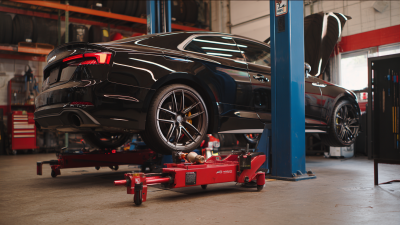
Unlocking Efficiency: The Advantages of Quick Lift Floor Jacks in Automotive Maintenance
-

Innovative Solutions for Maximizing Efficiency with the Best 6000 Lb Car Lift
-
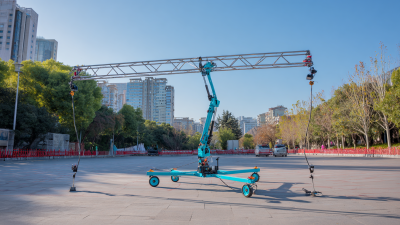
Transforming Your Workflow in 2025 with the Best Mobile Lift Solutions for Global Buyers
-

How to Choose the Best Portable Hydraulic Jacks for Electric Cars by 2025 Industry Trends
-
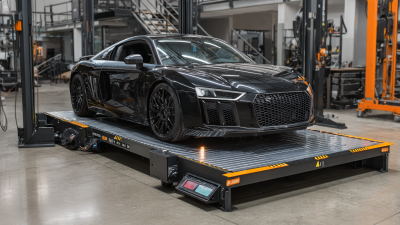
Mastering the Portable Car Lift Lift Table for Efficient Vehicle Maintenance
-
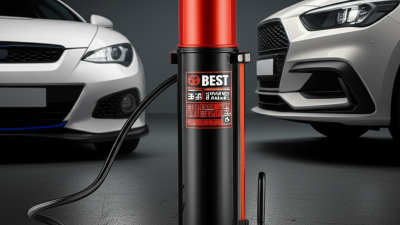
The Future of Efficient Lifting with Best Bottle Jack Quick Pump


